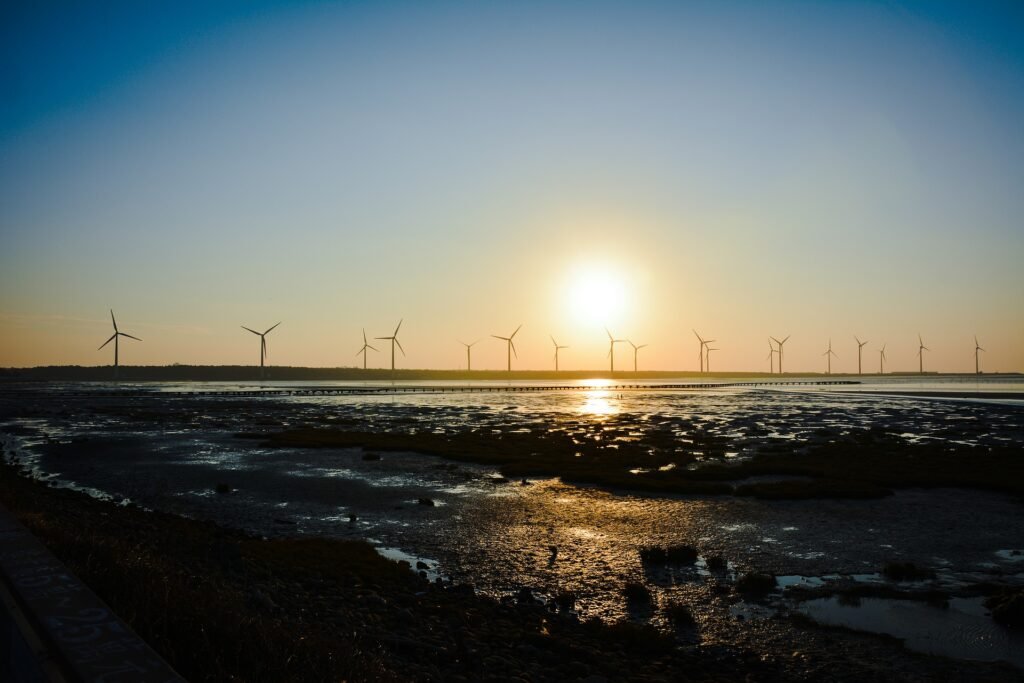On October 22, 2021, the Ministry of Economy, Trade and Industry(METI) released the Sixth Strategic Energy Plan. This Plan is the basic guideline for the government’s medium- to long-term policy on energy supply and demand, and is required to be revised every three to four years by the Basic Act on Energy Policy.
The draft of this plan was presented on July 21, 2021, and the plan was finalized based on public comments. Its content is generally the same as the draft, but the following words were added to reflect the public comments and clearly state that the government is responsible for the nuclear accident.
“Based on the lessons learned from the accident at TEPCO’s Fukushima Daiichi Nuclear Power Plant, all possible measures will be taken to minimize the risk. In addition, in the event of an accident, the government will take responsibility in accordance with relevant acts and regulations.”
In order to achieve the government’s goal of a 46% reduction in CO2 emissions by FY2030, the main goal of the sixth plan is to significantly increase the share of power generation from renewable energy sources. The ratio of renewable energy to total power generation in FY2030 will be 36%-38%, up from 22%-24% in the 5th plan, and the aim is clearly to make renewable energy the main power source.
According to the published documents, the table of contents is as follows. As for the sub-themes, only those that are considered important are shown here.
Introduction
-
- Responding to the Climate Change Issue
- Overcoming the Challenges Faced by Japan’s Energy Supply and Demand Structure
- The Structure of the Sixth Plan and the Relationship between the 2050 and 2030 Targets
- 10 Years after the Accident at TEPCO’s Fukushima Daiichi Nuclear Power Plant
- Changes in the situation since the formulation of the Fifth Plan
- Confirmation of the basic perspective of energy policy (S+3E: Safety + Energy Security, Economic Efficiency, Environment)
・Securing a stable supply of energy and making it more resilient
・Ensuring environmental compatibility, including harmony with climate change and the surrounding environment
・Ensuring economic efficiency of energy as a whole - Issues and measures for achieving carbon neutrality in 2050
・Energy supply and demand structure in the carbon-neutral era of 2050 - Policy responses for 2030 with an eye on 2050
- Promotion of strategic technology development, etc., in conjunction with industry, competition, and innovation policies toward the realization of carbon neutrality in 2050
- Enhancement of communication with all segments of the public
The published documents and the related documents can be viewed at the following URLs.
- The sixth plan (Summary)
https://www.meti.go.jp/press/2021/10/20211022005/20211022005-2.pdf - The sixth plan
https://www.meti.go.jp/press/2021/10/20211022005/20211022005-1.pdf - Press release of METI, “The Sixth Strategic Energy Plan has been approved by the Cabinet.”
https://www.meti.go.jp/press/2021/10/20211022005/20211022005.html
 METI releases the Cabinet decision on the 6th Strategic Energy Plan
METI releases the Cabinet decision on the 6th Strategic Energy Plan 

























